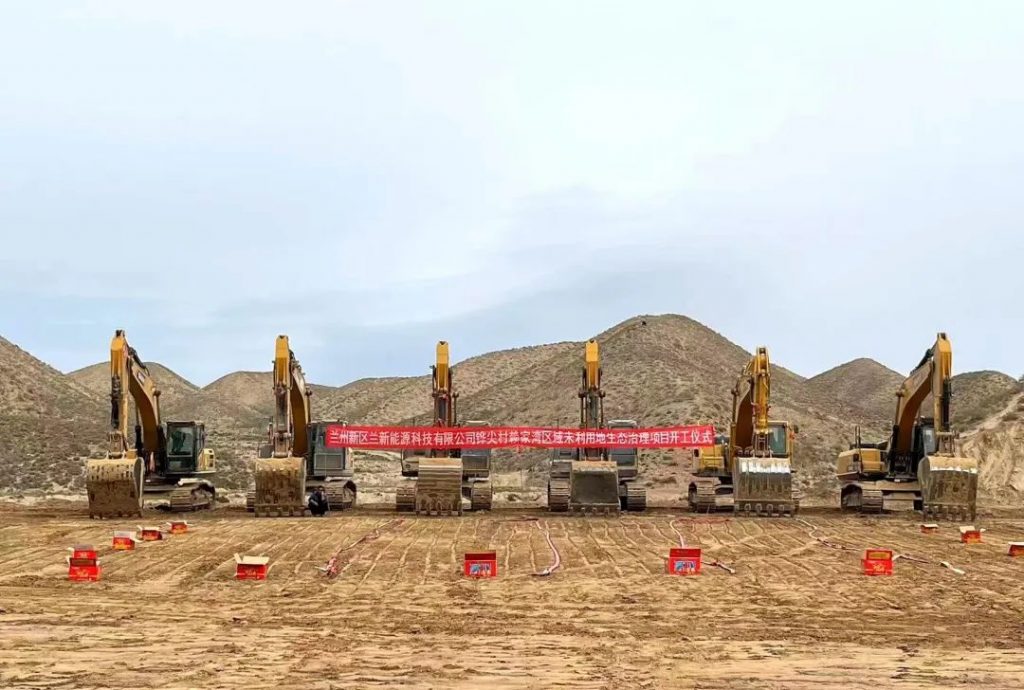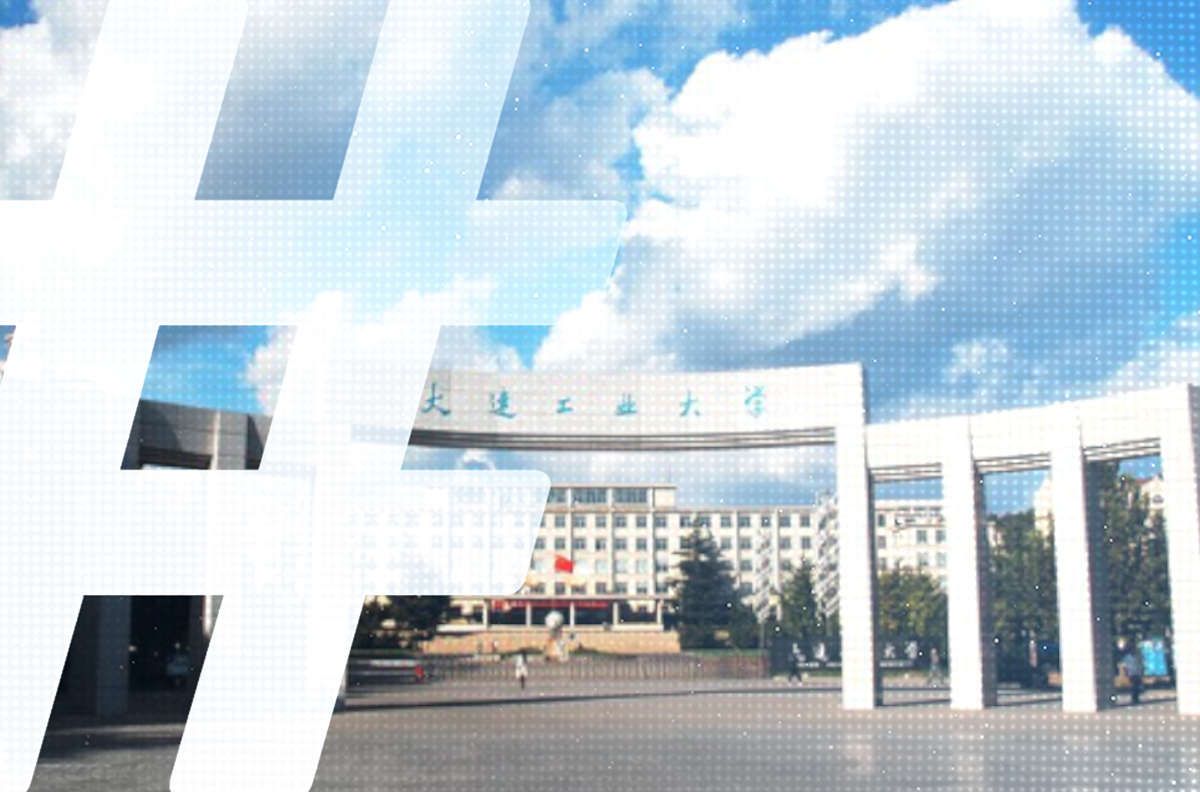Going Global
Desert Power, Discourse Power

Lanzhou, the capital of northwest China’s Gansu province, is a city defined by its geography. Sandwiched between the Yellow River and the jagged, arid mountains of the Loess Plateau, its footprint is long and narrow — a stark contrast to the urban sprawl of other cities. That is why, when the local government sought space to build out, they had to look to another valley far to the north. Even there, hundreds of mountains had to be flattened and villages bulldozed to make way for the Lanzhou New Area (LNA), a satellite city built for a million people but currently home to fewer than half that.
Yet this underwhelming development at the foot of the Gobi Desert has become home to the latest outpost of China’s International Communication Centers (国际传播中心). ICCs, as we have documented elsewhere, are a recent but growing trend in the country’s external propaganda network. Typically formed by provincial and sometimes municipal level governments, they embody how Xi’s dictum to “tell the China story well” has become a whole-of-society effort, no longer the exclusive domain of national-level institutions like the Central Propaganda Department and state-run media like Xinhua and CGTN.
As ICCs have gotten off the ground nationwide over the past year, some have been tasked with leveraging their regional expertise to carry out external propaganda work. Yunnan’s provincial ICC has taken the lead on external propaganda in neighboring Southeast Asia, for instance, while Shenzhen’s is taking care of the Greater Bay Area mega-metropolis created to more deeply integrate Hong Kong and Macau with the Chinese mainland. Initiatives like this contribute to the building of “new mainstream media” (新型主流媒体), an aggressive CCP program of media digitalization to modernize the official media system and thereby maintain leadership over public opinion.
Great Expectations
The LNA center, a first-of-its-kind “work liaison station” (工作联络站) under the Gansu provincial ICC, is similarly geared toward telling both good China stories and “good New Area stories” to China’s partners in the Belt and Road Initiative (BRI), Xi Jinping’s global development strategy that has long outgrown its original focus on infrastructure to encompass other areas of partnership, including media and propaganda.
According to official coverage of its grand opening, the center will “positively integrate the New Area into the Belt and Road” and will “create a new mode of international communication” — in other words, more effective overseas propaganda — by “opening relevant overseas [media] accounts” and “creating an array of overseas social media.”
The Gansu New Media Group, the organization behind the provincial ICC and its new outpost in the LNA, was launched by the provincial propaganda department and the Communist Party committee of the official Gansu Daily newspaper five years ago — around the same time the LNA was being unveiled to the world. It was created, according to reports at the time, to “promote media convergence,” “guide public opinion” and “create a favorable public opinion atmosphere” — all buzzwords for greater CCP control of messaging. At the time, the focus was on building a “regional new media cluster” that could host over a hundred different outlets.
The stated goals for the center are as ambitious as those of the Lanzhou New Area itself. The first major central government-backed development zone on the historic Silk Road trading routes linking China to Central Asia, it was intended to “facilitate trade along the routes of the New Silk Road” and “create a forum for cultural and people-to-people exchanges for the Silk Road countries.” Cultural outreach and “people-to-people” exchange are relatively inoffensive frames the CCP regularly employs to characterize efforts to promote and amplify the political goals of the Party-state.

Lanzhou proper was once a thriving market town on the storied trade route. When the BRI global infrastructure program was launched ten years ago, hopes for the city, long neglected and left behind by the rapid development of China’s eastern seaboard, were high. It was to become the capital of a New Silk Road — a great inland port and bustling railhead reconnecting China’s hinterland to the West. Local officials even talked of hosting foreign consulates like a new Shanghai or Guangzhou, but bounded only by a sea of sand.
The reality for Lanzhou, however, has so far failed to match this grand vision. BRI schemes have been more focused on bankrolling megaprojects abroad that promise to boost China’s international status and tether nearby countries to Beijing’s loans and largesse. Elevating lowly Lanzhou to global prominence has not been a top priority, and as for the LNA, it continues to languish in the capital’s shadow, both figuratively and — beyond the mountains hemming in the city proper — literally.
The fact that the Lanzhou New Area has been included in the ongoing devolution of China’s mission to tell “good stories,” however, is an instructive example of how far down this trend turning local resources toward buffing Beijing’s image has permeated. Nowhere, it seems, is too small to engage in international propaganda.






















